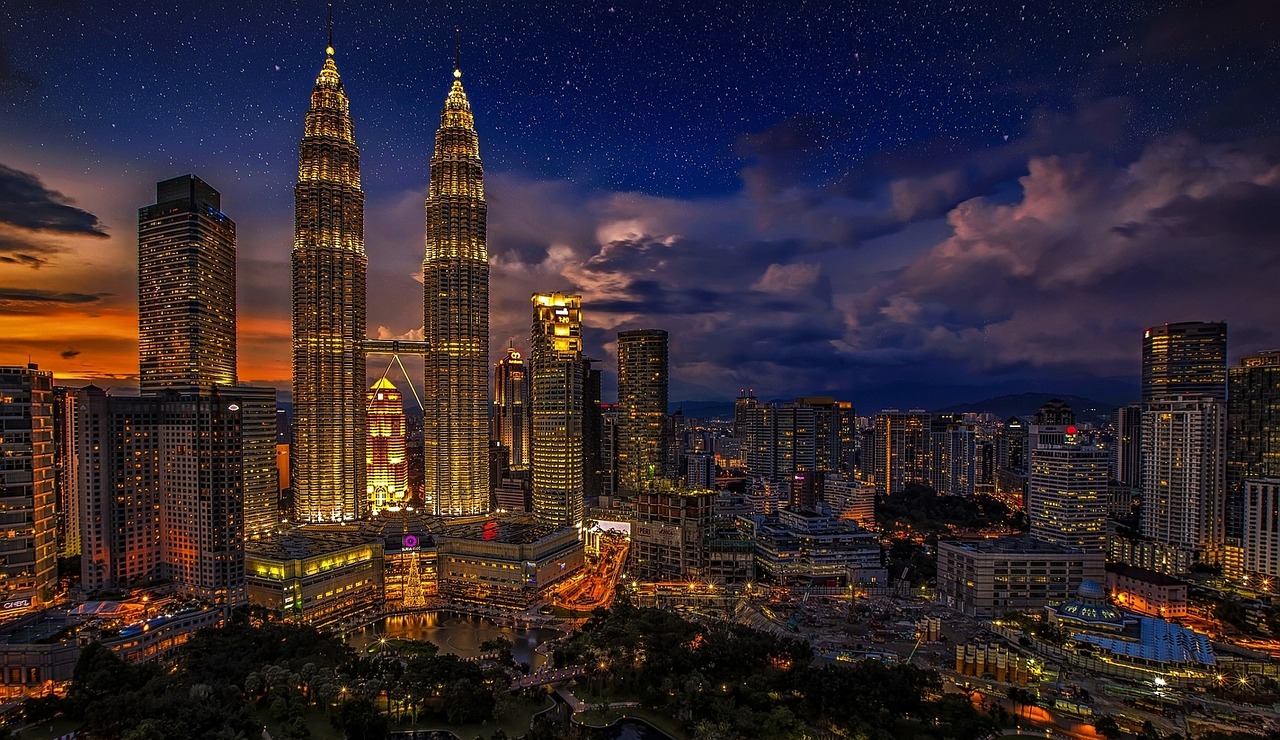What Role Does AI Play in Optimizing Urban Planning and Infrastructure Development?

As we tread deeper into the 21st century, the transformation of our cities into interconnected ecosystems of technology and data is no longer a distant possibility, but a tangible reality. From traffic management to energy conservation, the potential of artificial intelligence (AI) is reshaping the urban landscape, bringing a new dimension to urban planning and infrastructure development. These revolutions aren’t hollow promises of a utopian future — they are impactful changes happening in real time.
The Intersection of AI and Urban Planning
You’ve probably heard that AI is revolutionizing many sectors, but you might wonder how it is redefining city planning and development. In essence, AI has potential to analyze massive amounts of data from varied sources such as traffic sensors, IoT devices, and public databases, to provide insights for more sustainable and efficient urban planning.
En parallèle : How Is Technology Facilitating the Transition to Personalized Digital Learning Environments?
AI is not just embracing the future; it’s shaping it. Through AI’s advanced pattern recognition, planners can predict and prepare for future trends, such as population growth, traffic congestion, and energy consumption. Moreover, AI can model different scenarios and predict their impact, thereby helping urban planners make informed decisions.
Harnessing AI for Efficient Traffic Management
One of the most tangible benefits of AI in urban planning is seen in traffic management. Congestion and inefficient traffic flow are notorious for causing frustration among city dwellers. Not only do these issues impact daily commutes, but they also contribute to increased pollution.
Lire également : Discover the secrets of player one’s mystery box adventure
AI can significantly alleviate these problems. By harnessing real-time data from traffic sensors and GPS devices, AI models can predict traffic patterns and suggest optimal routes. It even has the potential to predict and manage traffic congestion before it occurs, enabling authorities to proactively manage it.
AI in Energy Management and Sustainable Cities
Sustainability is the buzzword of our time. As concerns over climate change soar, cities are under pressure to become more sustainable. Fortunately, AI shows immense potential in this regard, particularly in energy management.
AI can optimize energy usage by predicting demand and adjusting supply accordingly. By integrating AI with smart grid technologies, cities can ensure that energy is not only used efficiently but also generated in a more sustainable manner.
From managing a city’s energy consumption to optimizing its renewable energy generation, AI has the capacity to make our cities truly sustainable. No longer will we have to rely on guesswork; instead, we can make accurate, data-driven decisions that will shape the future of our urban environments.
AI in Infrastructure Development and Management
Infrastructure development and management are critical components of urban planning. With increasing urbanization, managing and maintaining city infrastructure becomes a daunting task. Again, AI comes to the rescue.
AI can predict infrastructure needs based on demographic and economic data, helping city planners to design and build infrastructure that will meet future needs. In addition, AI can monitor the health of infrastructure, predicting maintenance needs before problems arise, potentially saving cities significant time and money.
AI and the Future of Public Spaces
Public spaces form the heart of cities. They are the parks, squares, and sidewalks where people gather, play, and engage in public life. AI is playing a crucial role in designing these spaces too. By analyzing data on how people use and move through these spaces, AI can inform the design of more appealing and functional public spaces.
Imagine a park that adapts to the changing needs of its users, or a public square that uses data to minimize congestion during peak times. These are the possibilities that AI brings to the table.
As you can see, AI is no longer a futuristic concept, but a real-time asset. It’s not just about advanced technologies, but about making our cities more livable and sustainable. It’s about smart systems that can analyze, predict, and respond, and through which the cities of the future will be shaped. We are on the precipice of a revolution in urban planning, and AI is leading the charge.
As we continue to explore and harness the full potential of AI, let’s remember that it’s not just a tool, but a partner in our quest for smarter, more sustainable cities. It’s not just about the data we can gather, but how we use that data to make real, impactful changes.
From traffic management to energy conservation, infrastructure development to public space design, AI is not just embracing the future – it’s shaping it. And we are all part of this exciting journey. So, let’s embrace the potential of AI and look forward to the bright, sustainable cities of the future.
AI in Enhancing Public Safety and Security
A crucial aspect of urban planning is ensuring the safety and security of the city dwellers. AI has emerged as a key player in enhancing public safety by predicting and preventing potential threats. In areas prone to natural disasters, AI can predict extreme weather conditions and alert authorities in advance, allowing for more effective disaster management strategies.
Law enforcement agencies can use AI to identify patterns and trends in crime data, helping them make informed decisions about resource allocation and crime prevention strategies. AI-powered facial recognition systems can help in identifying criminals, missing persons, or even detecting suspicious activities in real-time, enhancing the effectiveness of police work.
In the realm of cybersecurity, AI is becoming an essential tool in protecting cities’ critical infrastructure from cyber threats. AI systems can detect anomalies and potential threats in the network, providing early warning of cyber-attacks.
Through these applications, AI not only enhances public safety but also builds trust between citizens and their governments. This, in turn, promotes a sense of community and encourages citizens to take an active role in the well-being of their city.
AI in Waste Management and Environment Sustainability
One of the major challenges faced by cities is waste management. With rapid urbanization and population growth, managing waste efficiently becomes a difficult task. Here, AI can make a significant contribution.
AI can optimize waste collection routes, reducing fuel consumption and minimizing the impact on traffic. It can also predict waste generation based on various factors like population density, holidays, and weather conditions. This allows for better planning and resource allocation for waste collection and disposal.
Furthermore, AI can also aid in recycling efforts. Advanced sorting systems powered by AI can segregate waste more accurately thus increasing recycling rates. Also, AI-powered data analysis can help in creating effective policies for waste reduction and recycling.
By leveraging AI in waste management, cities can not only become more efficient but also more sustainable, contributing to a healthier environment for their inhabitants.
Conclusion
As we journey deeper into the 21st century, the role that AI plays in urban planning and infrastructure development becomes increasingly significant. From improving traffic flow to optimizing energy use, from enhancing public safety to efficient waste management, AI is proving to be an invaluable tool in shaping our urban environments.
We must remember, however, that while AI provides us with powerful tools, it is ultimately up to us to use them wisely. As we harness the power of AI, we must ensure that it is used to create cities that are not just smart, but also sustainable and inclusive. We must strive to create cities that prioritize the well-being of their citizens, that are resilient in the face of challenges, and that are adaptive to the ever-changing needs of their inhabitants.
In essence, AI is not just a tool for urban planning and infrastructure development; it is a partner in our mission to create better, smarter, and more sustainable cities. As we look forward, let’s continue to embrace the potential of AI and use it to shape the future of our urban landscapes. In doing so, we are not just shaping our cities; we are shaping our futures.
